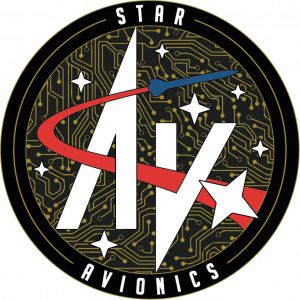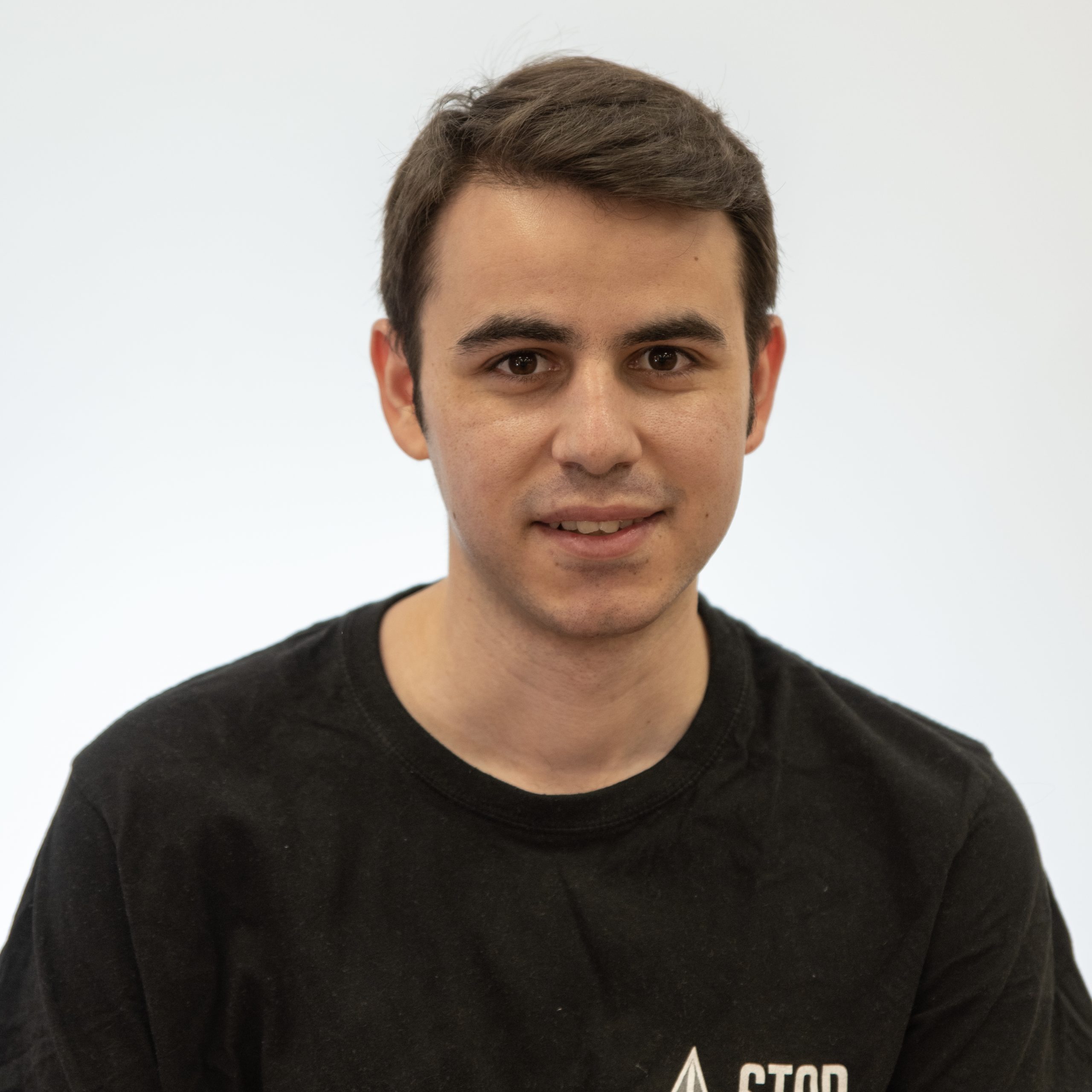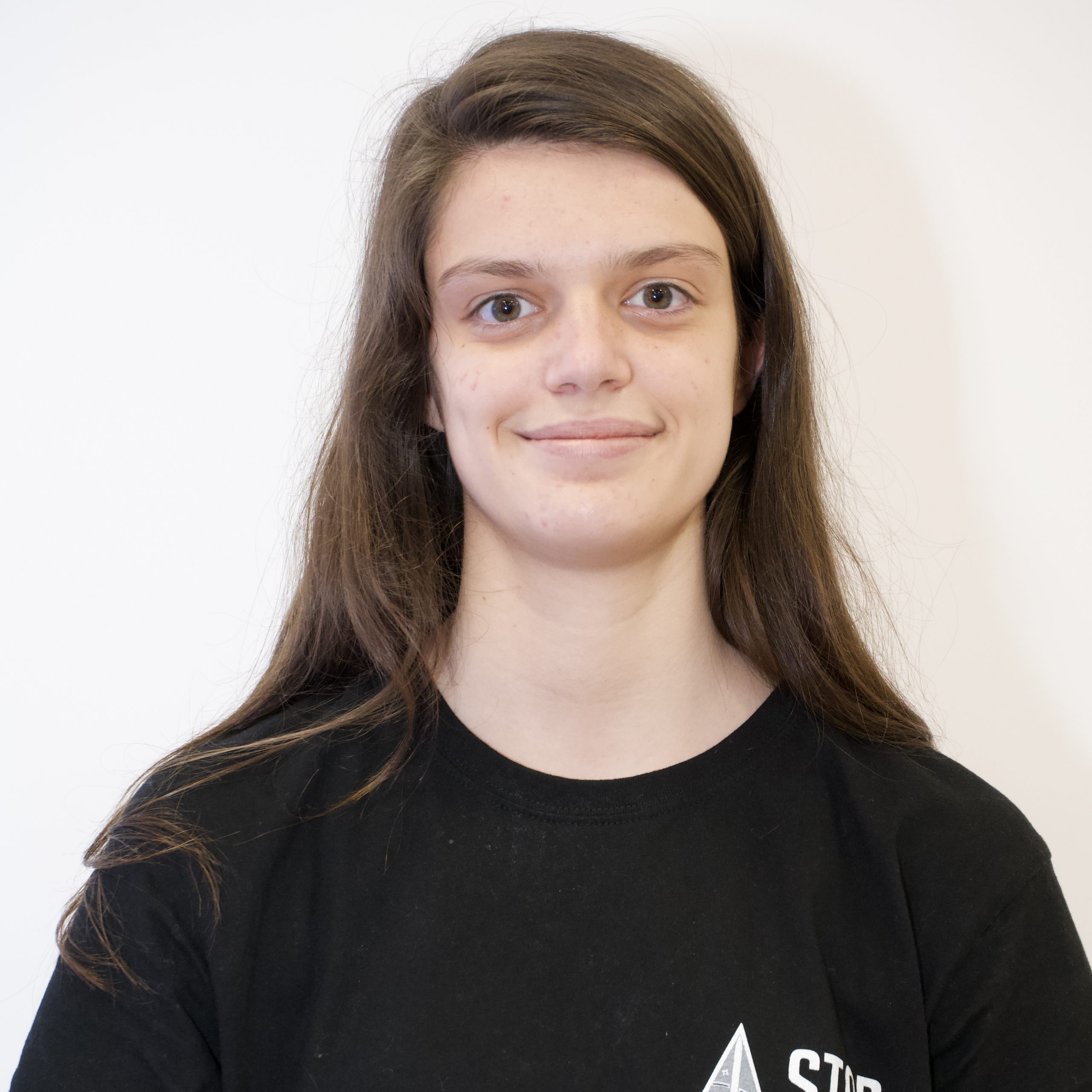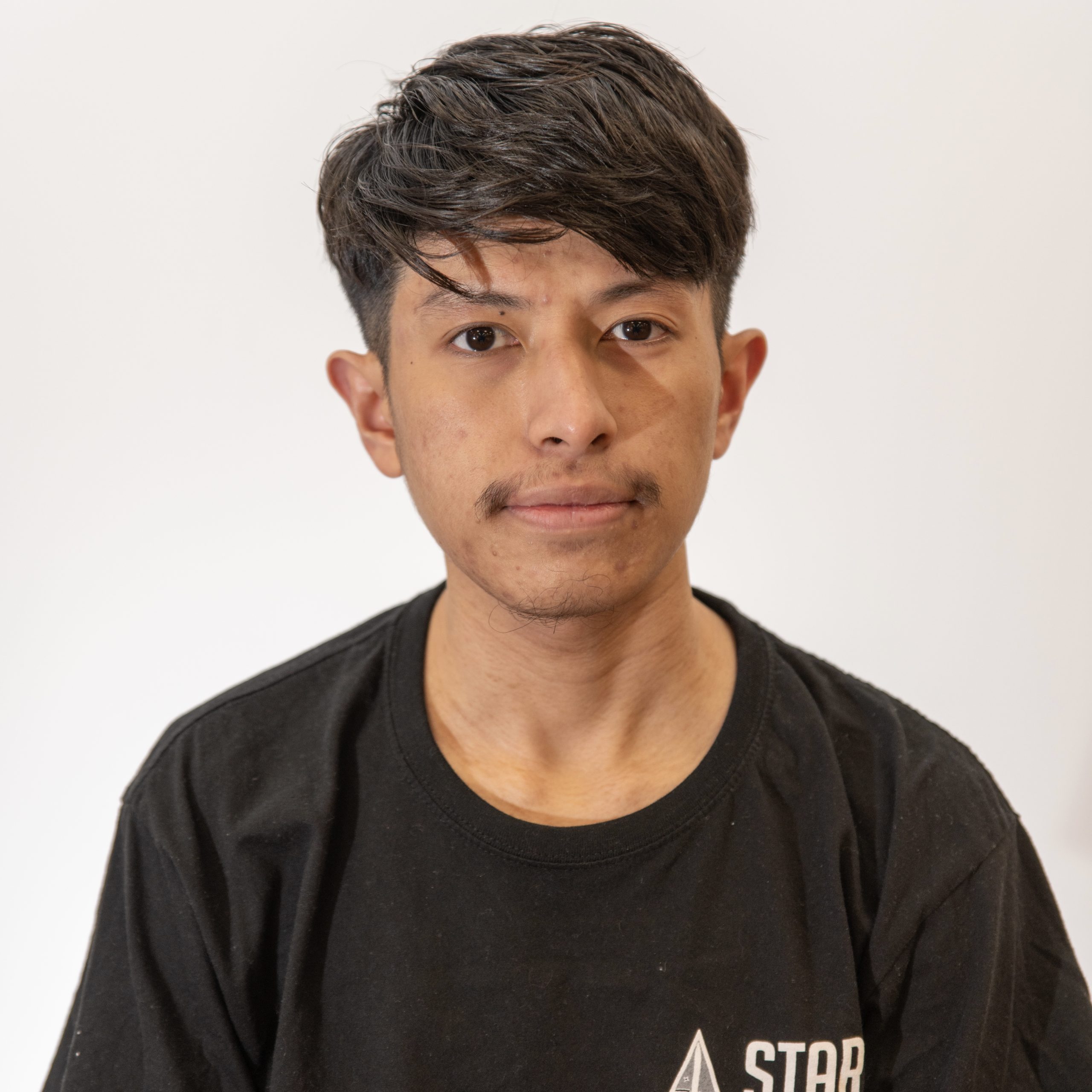They avionics team is working on the integration of the electronics and software in FPGAs to be able to reduce the space and to parallelize complex algorithms.
They are working also on GNSS SDR, signal receiver, to be integrated into our vehicles, and allow for a greater height and velocity range.




